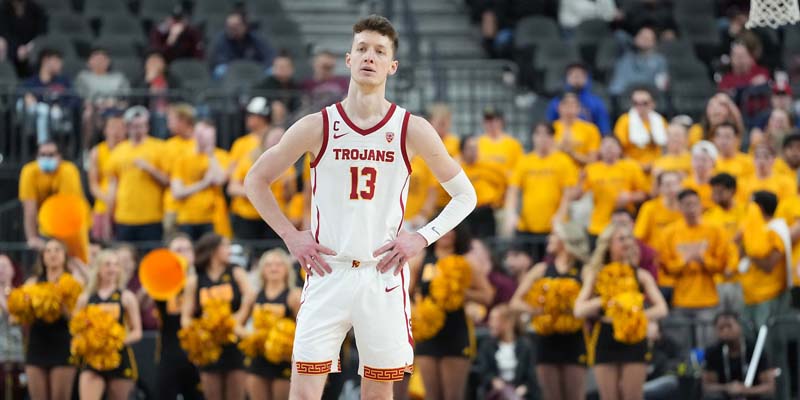Navigating the New Era of College Basketball Recruitment
High School Recruits Face New Challenges
In the ever-changing environment in college basketball, high school recruits are subjected to many complex challenges. Due to Name, Image, and Likeness (NIL), the transfer portal, and COVID eligibility, the clear path from high school for players has radically changed. The effects of such changes are massive and concern all those who have the goal of being one of the selected few and contributing in the high-major conference right from their arrival. Hence, what we seem to have witnessed illustrates these dynamics in high school basketball and it is important that high school recruits gain a good understanding of their basketball futures. Whether you’re seeking daily sports free predictions, staying informed and strategic is key to success in all pursuits.
The Impact of NIL and Transfer Portal
NIL has given college athletes ways of making money out of their fame although the shift of the recruiting factor is noted. Higher majors now prefer players who are older and who can demonstrate productive output right from the start rather than freshmen. This trend is observed as high school recruits are not highly sought after as in the past because several athletes from college’s mid-major conferences are transferred.
Strategic Choices for High School Recruits
Hence, high school recruits have no option, but to be strategic while choosing their institutions of further education. Coaches now encourage players to go to a school where they will immediately be on the court and receive ample playing time in order to show coaches what they are capable of.
Success Stories and Data Insights
One such example is the American Athletic Conference (AAC), which wants to capture the attention of young shoppers who are interested in sports-related brands. Of the 10 players who were selected to the first or second All-AAC team eight transferred to high-major schools. Authors such as Chris Youngblood, Jason Edwards, and Lu’Cye Patterson are good examples of this progression – from mid-tier programs to genuinely high-major squads.
Alone in this season, 194 players moved from teams belonging to low and mid-major conferences with another one of the five high-major leagues. These moves help to draw the strong opinion of contemporary recruitment strategy in relation to the tested college athletes in comparison to the unknown high school talents.
Advice from Coaches
The consensus among coaches is clear: high school players should prioritize finding programs where they can play and develop immediately. As one high-major head coach advised, “If it’s about playing time, then go lower. Bottom line. If it’s about development, then go to the place you feel believes in you and you have an opportunity to grow.”
Coaches from various levels echoed similar sentiments, stressing the importance of playing time, development, and strategic positioning for future transfers. A high-major assistant coach suggested, “If you’re strictly looking to make the most money, your best bet is to go to a lower level, play as much as you can, and know that if you do well at a lower level, then you’re going to be a hot commodity the next year on the transfer market.”
Long-Term Considerations
While the immediate goal may be to secure playing time and maximize NIL opportunities, long-term development and career trajectory should not be overlooked. A low-major head coach highlighted the importance of gradual development: “If you want to make some real money, have an all-conference year, have a couple of great years back-to-back, get your team to the NCAA Tournament and go make $600,000 in the SEC.
Moreover, players should seek programs with a proven track record of developing high school recruits. A mid-major assistant coach recommended, “Do they have a proven track record of high school kids developing through their program and making it? I don’t know if I would choose a school if the last two or three years their best players were transfers.”
Making Informed Decisions
The children in high school who intend to join college basketball as recruits for the respective teams need to consider the following factors. Using playing time opportunities, development potential and programming in relation to future transfers, can greatly influence the outcome of the players’ future careers. Hence, it can be seen that although time has passed and the general environment may differ, the basics of growth, development and fit remain pertinent. While choosing their colleges and starting their sport careers, recruits and their families will think about these factors to achieve the highest possible outcome within the constantly growing competitive environment of college basketball. Just like finding the best online casino requires careful evaluation, choosing the right college program demands thorough research and strategic planning.





